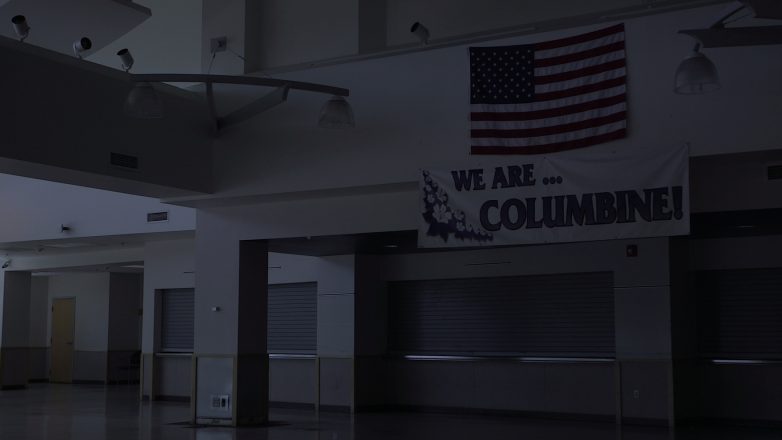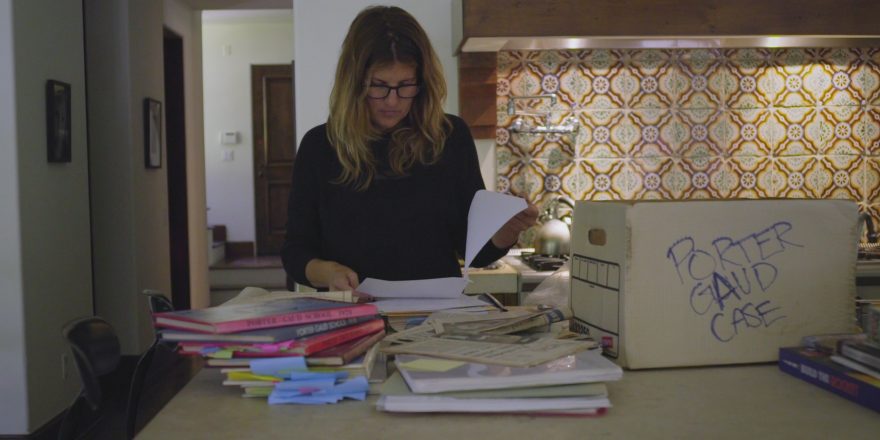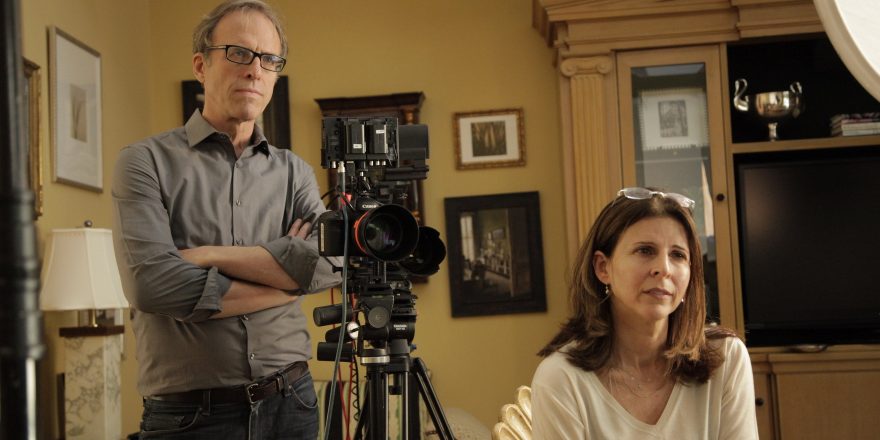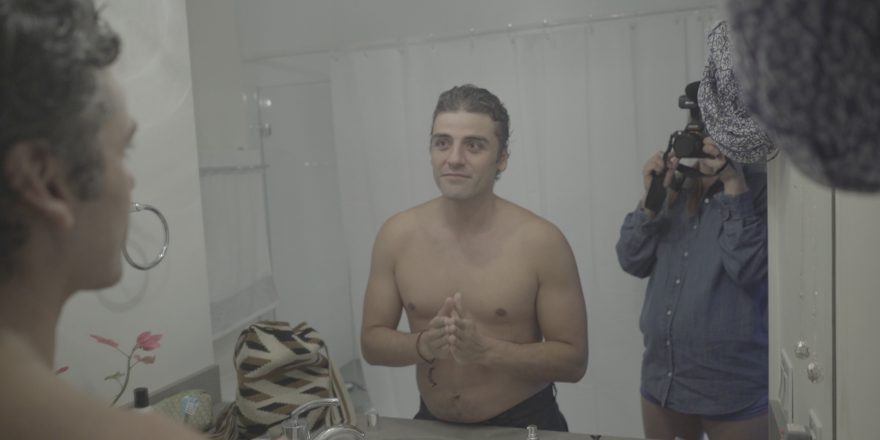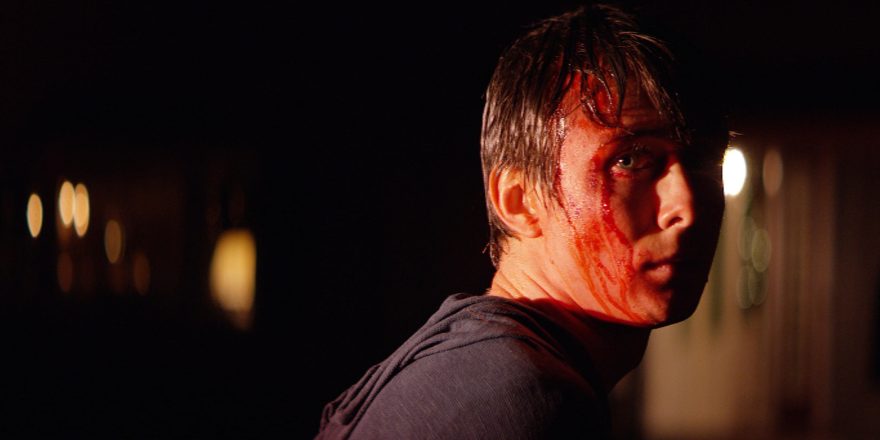After receiving my Columbine High School 10-year reunion card in the mail, I thought of my classmates and friends, and how they were processing that it had been over a decade since we had all shared a traumatic experience on April 20, 1999.
Anyone can search “Columbine” on the internet and read every detail about the “tragedy,” “massacre,” and “school shooting” at Columbine High School that day. Since then, Columbine has become synonymous with tragedy, death, PTSD, silence, rumors, bullying and school safety. But what gets lost in those details are the human faces behind that day.
In 1999, we didn’t have the social media platforms that exist now. Smartphones didn’t exist. The only people who were sharing our story was the press – who mainly broadcast sound bites from us while we were too young to understand what we had experienced. Our words got twisted, and we stayed angry and silent; afraid of being exploited further, and afraid of not being able to heal.
I wondered if it would it be possible for the survivors I knew to share our experiences in our own words, point out the lessons we learned from being at the center of a media circus, and talk about how we’re healing – and continuing to heal. What does a future shaped by this tragedy look like?
Being a part of the experience put me in the rare position to tell this story, and I thought it should be done as a feature documentary. But as a first-time director, I didn’t know how hard it would be to create a film from start to finish. Driven by the need to tell the story with the right narrative, and backed by an incredible team of producers and creative storytellers, I decided to reach out to a few alumni to see if they were interested.
It was harder than I had anticipated to get people to participate in the film. Much of the community does not want to talk about that day – and definitely not on camera. I finally convinced one of our subjects, Amy, to do a test interview. It was candid, raw and emotional, and left me wanting to speak with more survivors. From there, I reached out to Gus, a friend who was willing to share his memory of events. Another friend, Zach, was initially hesitant to speak with me, but agreed to add his perspective. After searching through photos from my childhood, I found a photo of Jaimi and I and found her info online. The rest was serendipitous.
These four incredible people share the screen with the former principal, Frank DeAngelis and an amazing first-year teacher, Kiki Leyba. Leyba was the designated chaperone for our crew while filming in the school, and his compassionate and thoughtful dialogue inspired me to request an on-camera interview from him as well.
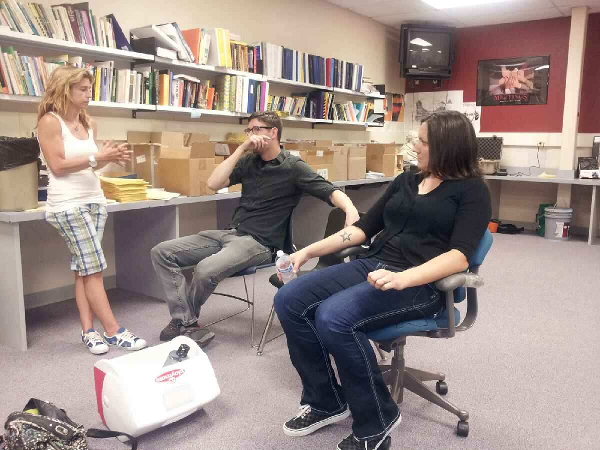
Now that I had the main subjects for my film, I somehow had to convince them to go back into Columbine High School to tell their story. To do that, I promised all of them that I would not sensationalize the experience or events of April 20, 1999. I would not include any of the video footage from the cafeteria or any other gruesome imagery, and I would not name the attackers. As someone who had been through it with them, I wanted to make sure I was telling this story with sensitivity.
I was determined to make this film about the collective experience of the people who were there, and not about the crime. I wanted it to be about the kids that went through it and how we have been healing on our own, but also about how we have come together to help each other. My hope is that by making this documentary, all of us can help future survivors of mass shootings – just by talking about it.
The journey to complete We Are Columbine took me seven years. I knew what would end up on screen would be important, but I never anticipated that talking with my subjects would hold the key to, and motivation for, my own healing. I couldn’t put myself on screen, but I was able to move through my feelings by listening to them relive our shared experience.
I’m so much stronger because of them and their courage: Amy helped me tap into my emotions about that day; Jaimi encouraged my self-worth and confidence; Zach gave me permission to let things go and learn how to move on; Gus helped me put things in perspective; Kiki inspired me creatively; and Frank’s message of love and faith touched me deeply.
Sometimes we have to go back to the things that make us uncomfortable in order to move forward.


